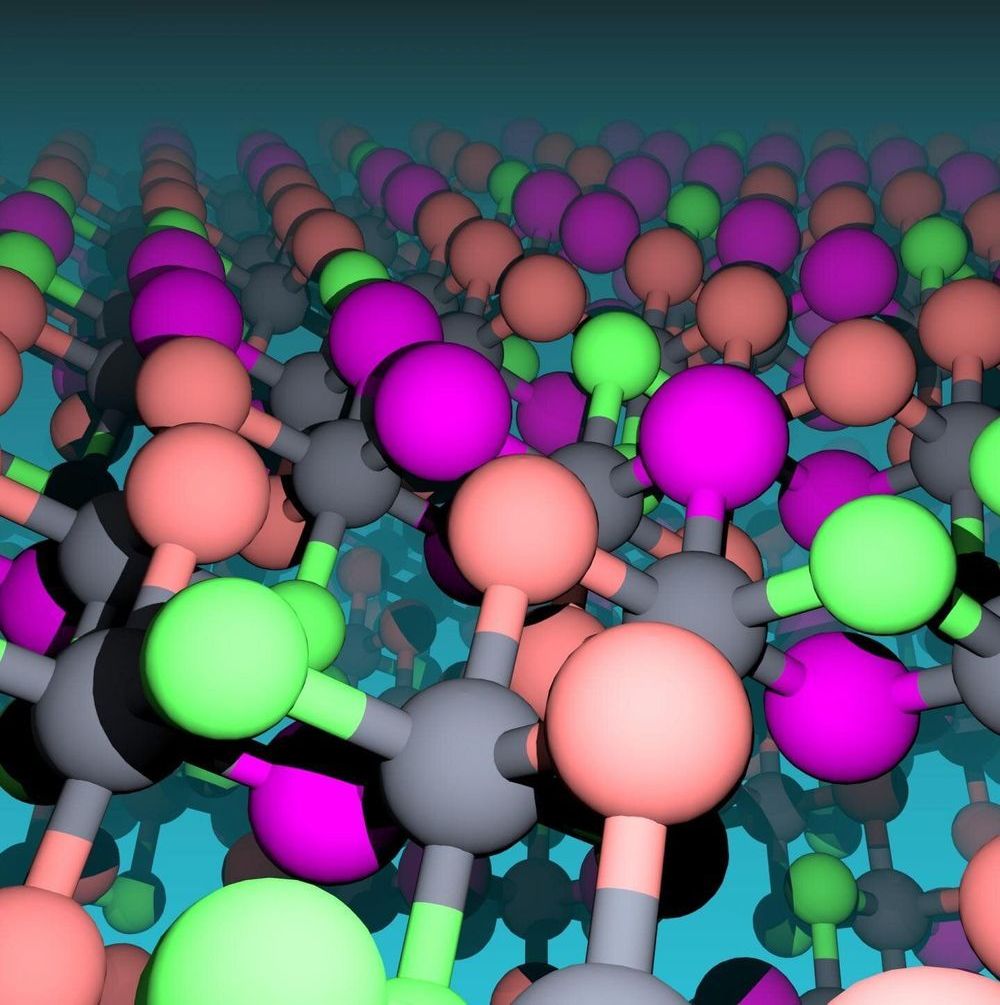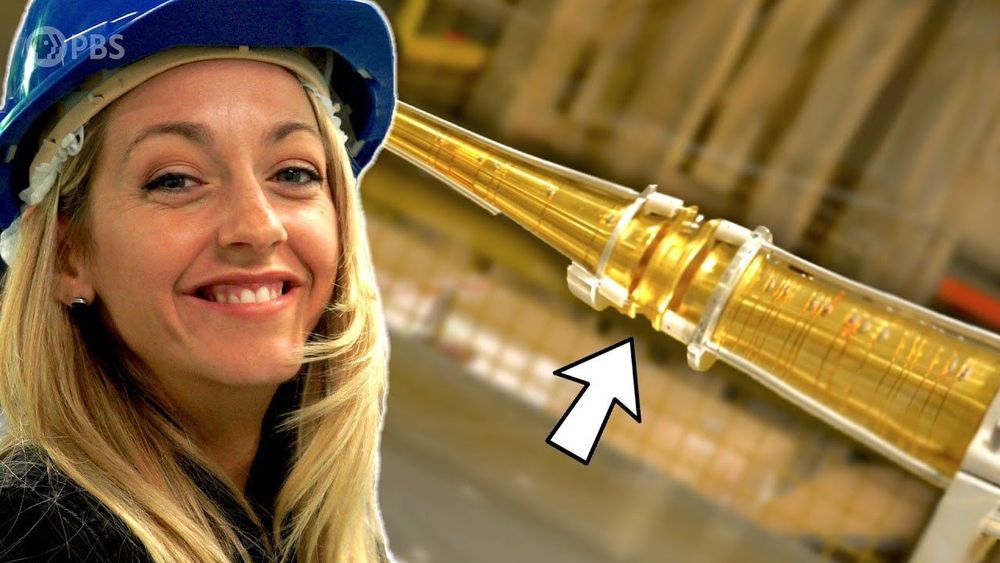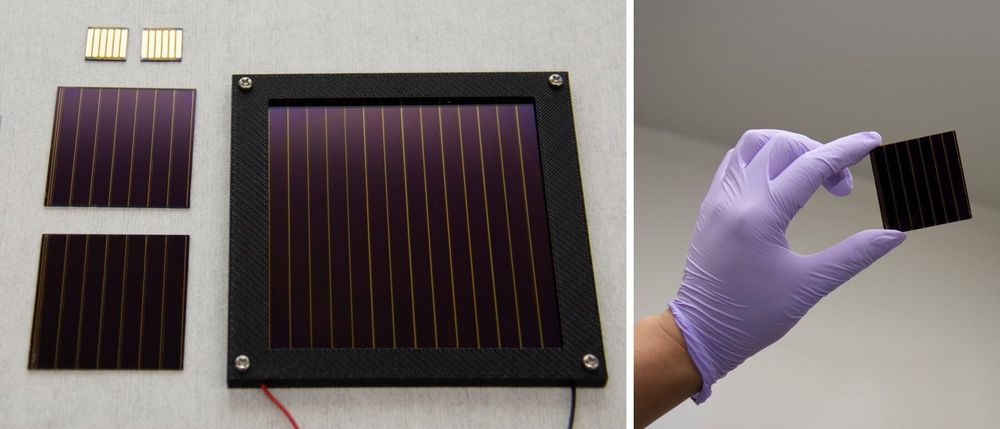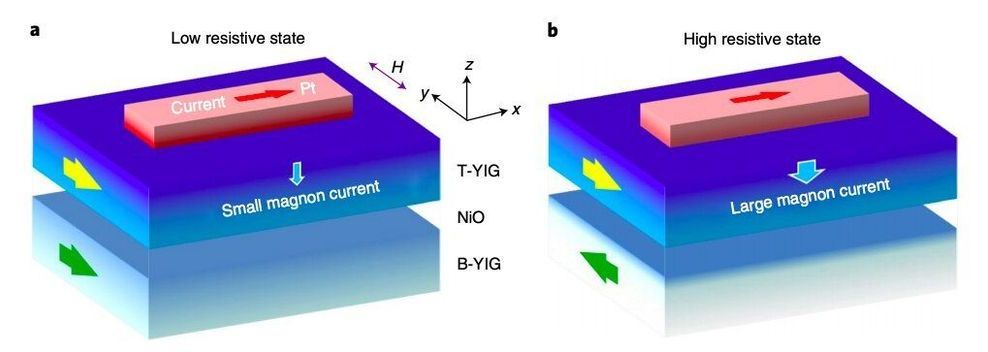Jul 26, 2020
Dive Deep Into Hidden World of Quantum States to Find Silicon’s Successor in Race Against Moore’s Law
Posted by Genevieve Klien in categories: materials, quantum physics
Discovery by scientists at Berkeley Lab, UC Berkeley could help find silicon’s successor in race against Moore’s Law.
In the search for new materials with the potential to outperform silicon, scientists have wanted to take advantage of the unusual electronic properties of 2D devices called oxide heterostructures, which consist of atomically thin layers of materials containing oxygen.
Scientists have long known that oxide materials, on their own, are typically insulating – which means that they are not electrically conductive. When two oxide materials are layered together to form a heterostructure, new electronic properties such as superconductivity – the state in which a material can conduct electricity without resistance, typically at hundreds of degrees below freezing – and magnetism somehow form at their interface, which is the juncture where two materials meet. But very little is known about how to control these electronic states because few techniques can probe below the interface.
















